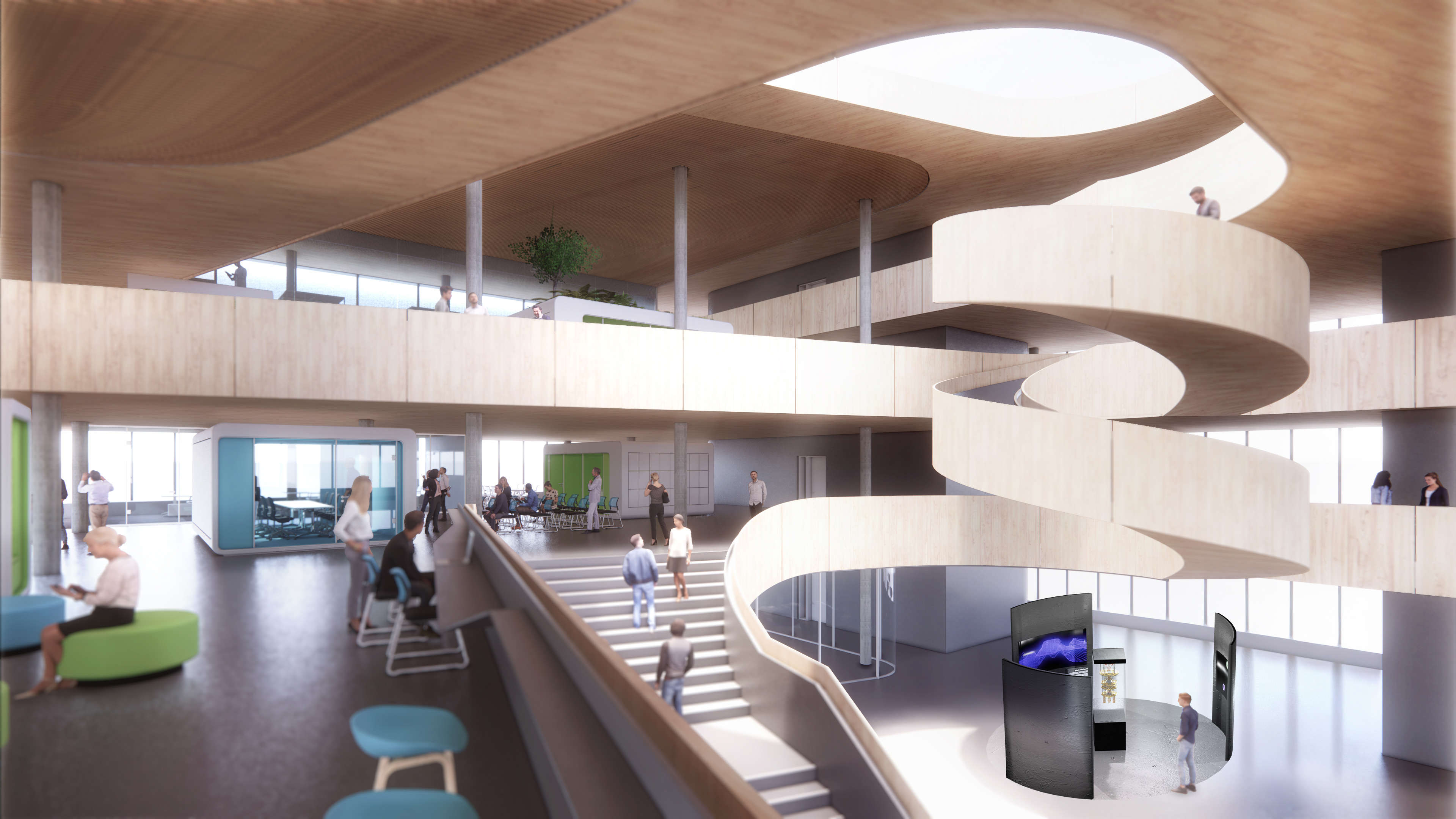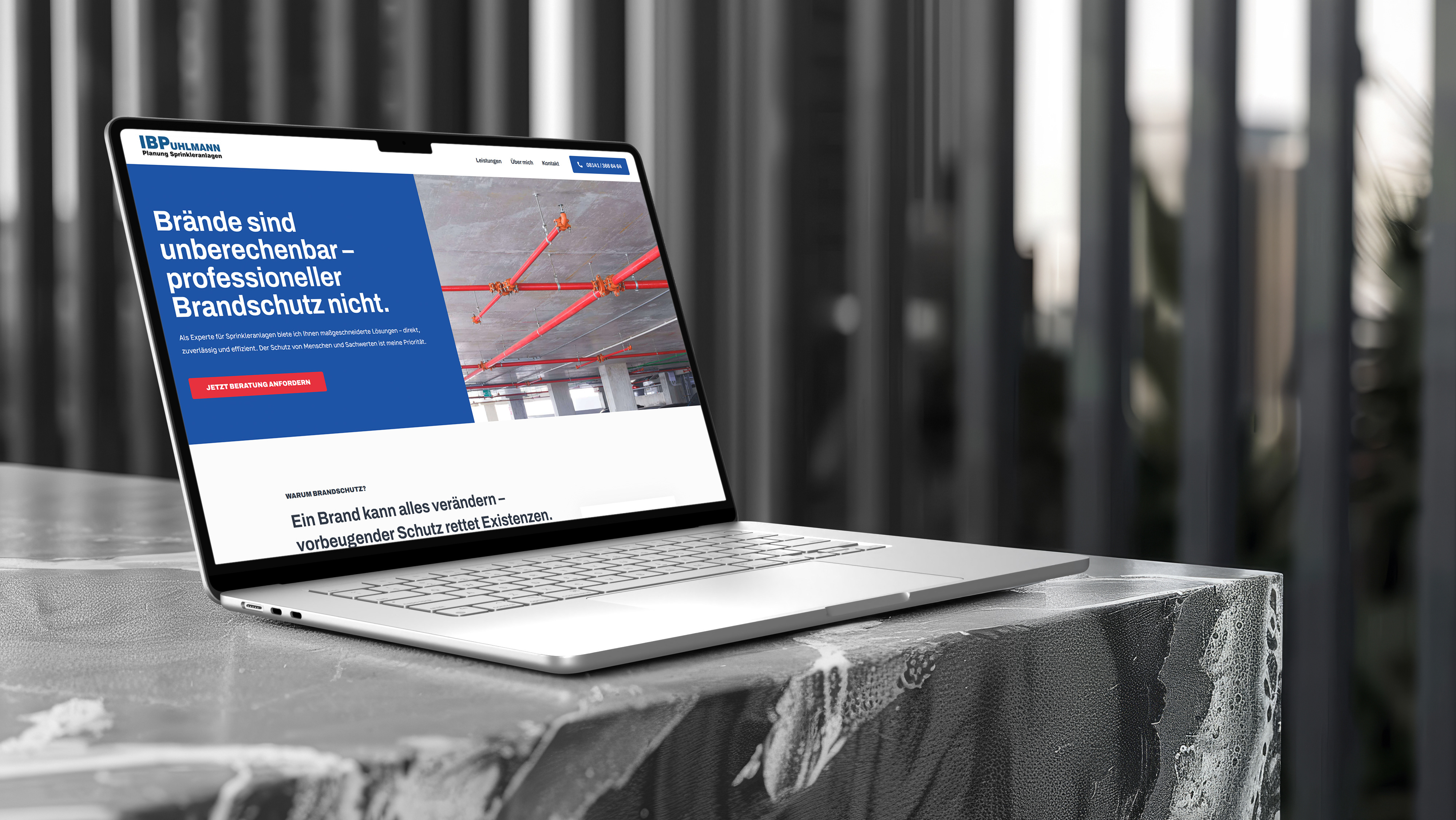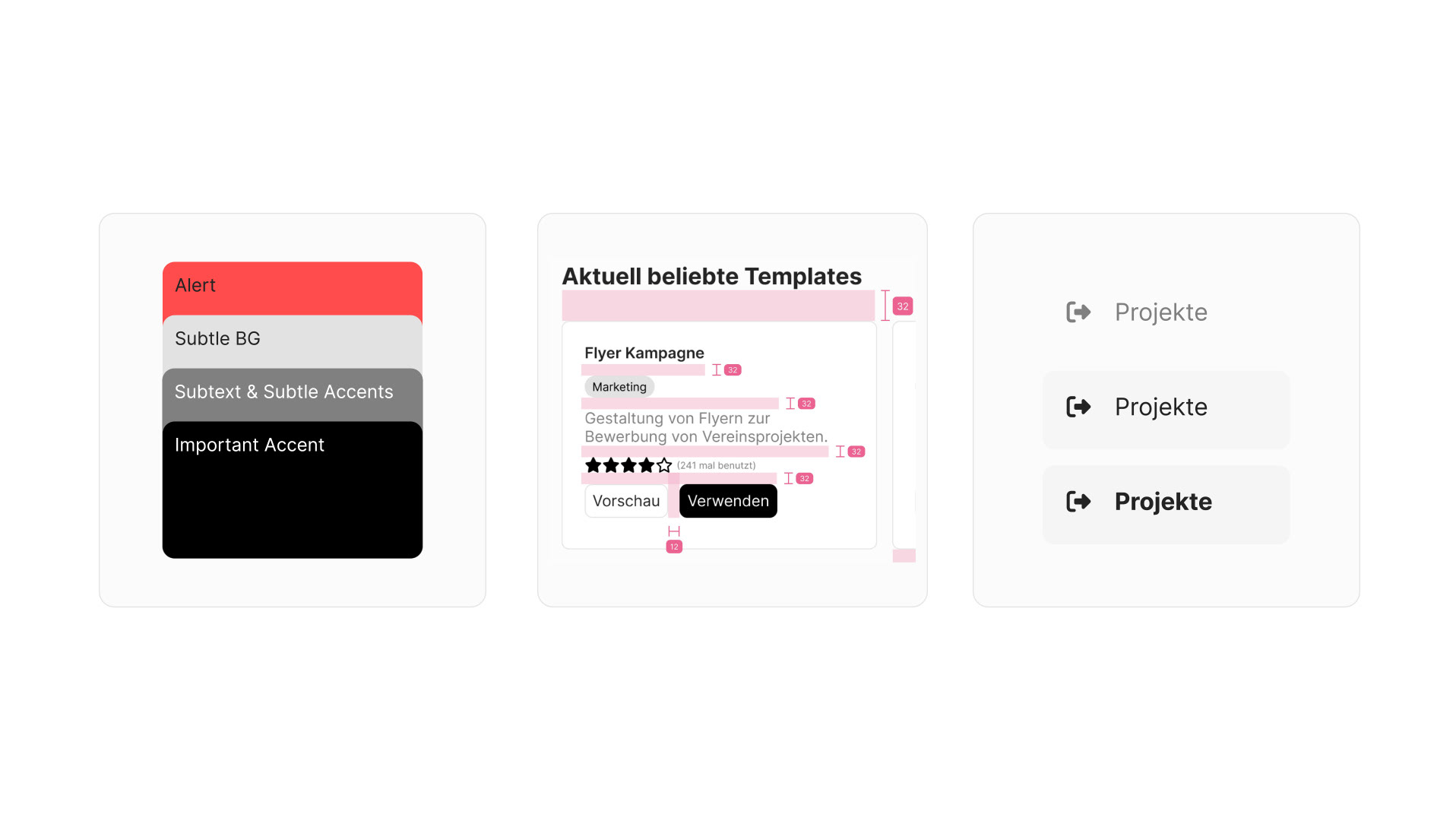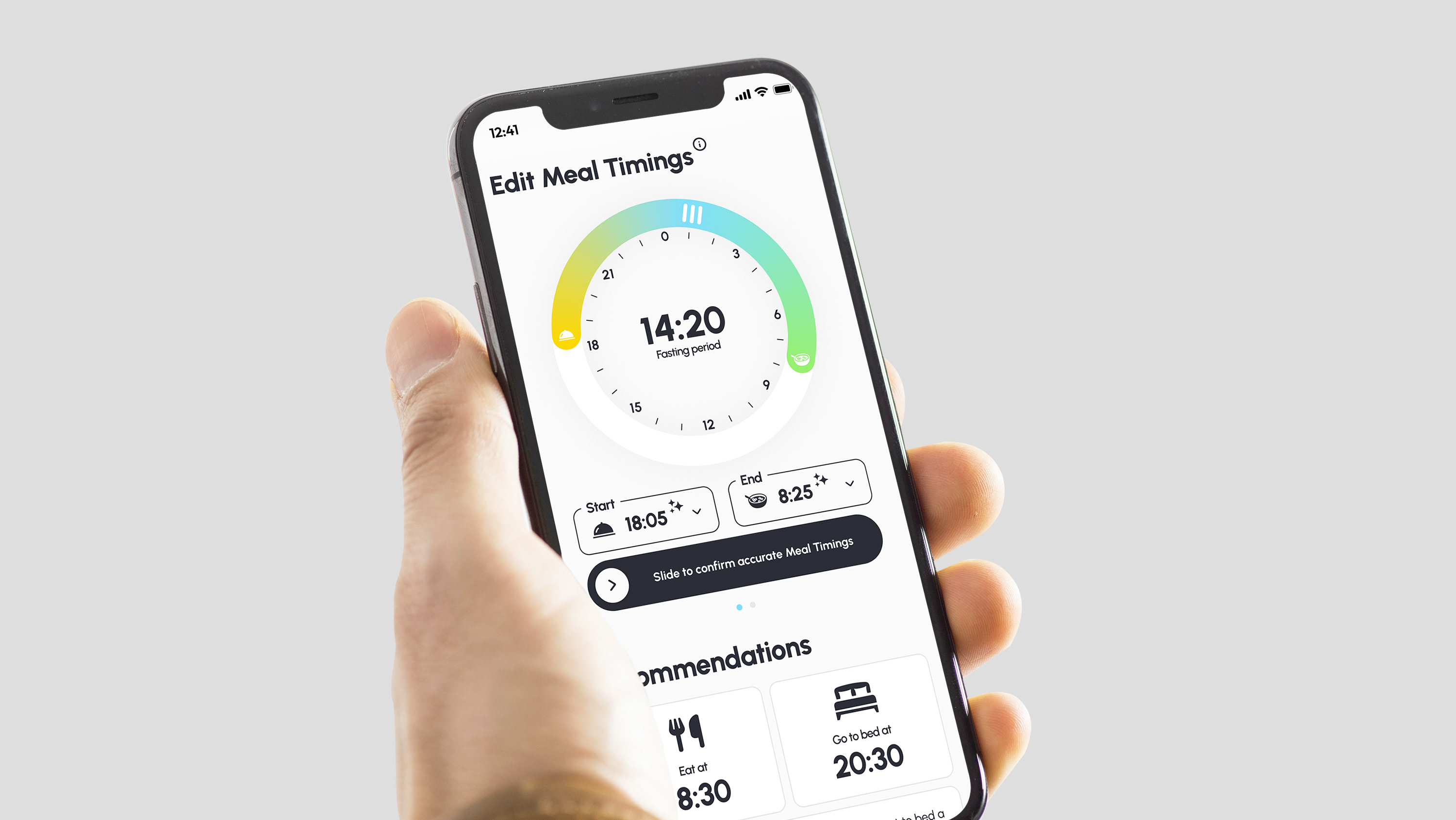In collaboration with
Fraunhofer IKS
Fraunhofer IKS
This project was created in collaboration with the Fraunhofer Institute for Cognitive Systems as part of a extension and specialization course in the 3rd semester at Hochschule München.
Our goal: making quantum computing tangible. We set out to design an interactive installation that would spark curiosity and provide a visual introduction to fundamental quantum principles — inviting both newcomers and researchers to step into the quantum world.
The Challenge
Quantum computing is a complex topic, often seen as abstract and inaccessible. Our challenge was to create an interactive, spatial experience that brings the three core principles of quantum mechanics to life: Entanglement, Superposition, and Wave-Particle Duality.
The installation had to:
• Function as an educational tool for first-time visitors
• Stay engaging and meaningful for quantum experts
• Work dynamically for individuals and groups
• Be scalable, modular, motion-responsive, and visually compelling
• Function as an educational tool for first-time visitors
• Stay engaging and meaningful for quantum experts
• Work dynamically for individuals and groups
• Be scalable, modular, motion-responsive, and visually compelling
We asked ourselves:
How can we make quantum mechanics feel intuitive — not intimidating?
What does it mean to step inside a quantum system, and see it respond to your presence?
How can we make quantum mechanics feel intuitive — not intimidating?
What does it mean to step inside a quantum system, and see it respond to your presence?
The Solution
We designed Quantum Realm: a circular, walk-in installation centered around a physical replica of a quantum computer, surrounded by three interactive visualizations, each representing a key concept of quantum mechanics.
The visuals were designed to feel dynamic, abstract, and elegant — encouraging curiosity and reflection without requiring prior knowledge.
Superposition
A responsive particle field that changes based on the number of people and their distance to the screen. Alone, the visitor sees an ordered view; with others, the system shifts into a probabilistic, chaotic state.
Entanglement
Each visitor is paired with a mirrored "quantum twin." Movements are synced in real time, visually representing how entangled particles remain connected regardless of distance.
Wave–Particle Duality
A continuous wave visual breaks into particle behavior based on movement in the space — showing how observation changes a quantum system.
Our Approach
We began with user-centered research and iterative prototyping:
• Identified scientific goals through discussions with Fraunhofer experts
• Developed low-fi spatial sketches and interaction models
• Focused on motion tracking, responsive behavior, and minimal instruction to keep the experience intuitive
• Developed low-fi spatial sketches and interaction models
• Focused on motion tracking, responsive behavior, and minimal instruction to keep the experience intuitive
The Result
The result was a concept that could scale from a single-person interaction to a group experience, without losing clarity or engagement. Quantum Realm transforms quantum principles into something physical and emotionally engaging. It invites every visitor — from student to scientist — to experience what it's like to become part of a quantum system.


Architectural rendering © Telluride Architektur
Outlook
It remains exciting to see whether this project has had a lasting impact and whether the Quantum Realm concept might one day take shape within the new Fraunhofer IKS building in Garching. Such an opportunity would certainly highlight the scalability and flexibility of the installation.
For more information on the new building, please visit the Fraunhofer IKS Neubau website.
As recognition for the project, we received an official certificate from the Fraunhofer Institute, confirming our participation and contribution to the concept development of the installation. Also a big thank you to the wonderful team at Fraunhofer IKS for this amazing opportunity!





